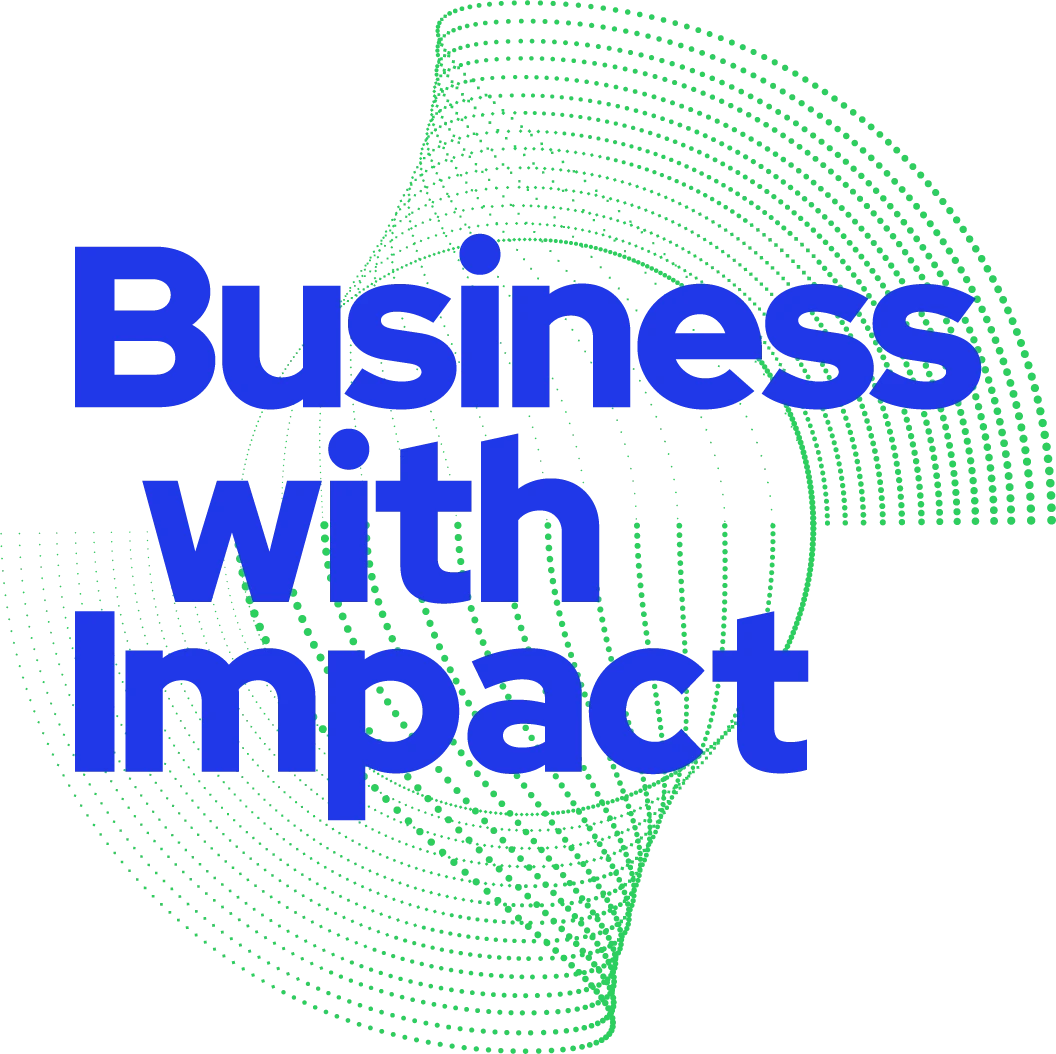Results are the language of business! No one initially cares how you get there; only what results came out of your effort. This goes for sustainability as well.
There are five principles you need to commit to and master if you want to create a competitive edge with circular economy and create a positive environmental impact: Mindset, Mission, Pathway, Implement, Communicate. And in that order.
If you can’t honestly tick all five boxes, then this is your job for the next 6 months. Follow through and you will get results!
In five articles I introduce each of the principles, so you can accelerate your journey, get success and impact the world in a positive way. This one
Will be happy to answer questions along the way.
Circular Business Success, part IV – Implement
If you have gone through the three first steps (described in the previous articles) you will be clear on your endpoint and how you move forward from here. Now it is time to roll up your sleeves and do the actual work.
For sure it gets very context-specific from hereon. But over the years I have seen and participated in many processes like the ones you are in or will be facing in your effort to implement your circular initiatives. The good news is, that a lot of the tools needed to implement your plan are similar to the tools you (probably) already use for other implementation and development projects.
In the following, I will share some of the learnings and key points for you to take into consideration.
“Make implementation a priority throughout the organization.”
If you want to get that competitive advantage that circular economy for sure can give you, then you have to walk the walk and actually do the work required. But if you do that, I promise you that you will be rewarded plentifully.
Here are some key learnings from across businesses:
Get everyone on board – with special emphasis on bringing the whole leadership team on board and ensuring they really get it in order to be able to support all the staff. It is crucial to get the leaders on board as this is a strategic business discipline and it requires change. So many initiatives and processes will not be successful if the leadership team is not fully onboard.
To get there requires you to spend time on it. Discuss and engage and set specific targets (more on that later) and delegate the responsibility so several leaders have skin in the game. Some bring in outside speakers and experts to facilitate discussions, others have the needed capacity in-house – ask yourself and answer honestly.
Upgrade competencies. Read, listen, or watch qualified material about different tools, models, etc. that are used to create specific results. This is critical business insight going forward, so treat upgrading your skills accordingly (matching your level in the organization).
Communicate massively about it to ensure everybody knows this is a high priority and they can/should bring forward ideas and thoughts they have. It can sound trivial but there are several examples of this being a cornerstone of success. The best ideas often come from the most unexpected areas of the organization.
The bigger the organization you lead the more often you need to communicate key messages. I spoke to a CEO of a large franchise restaurant chain a couple of years ago and his words were as pertinent as they were theatrical. When you reach the point where you say to yourself “I am going to throw up if tell this story once more” then you are getting to the point where your people really get it and start to act. This is when you push through instead of taking your foot off the gas pedal.
Creating space for people to push through. You are most likely heading into new ways of doing what you do, and it requires time to change and time to innovate. Of course, more fundamentally, it even requires time to adequately understand how the circular agenda can enhance your specific situation. Make sure you support people with getting the necessary space to prioritize your circular work.
This might be a great chance to look at your organization and how time is spent today. Once again drawing on my experience here are a couple of questions to ask yourself (and be honest with yourself when answering!):
Are we clear on the results we want to achieve? At the core of this question is a consideration about whether everybody knows and understands the desired results, and if these targets are broken down to sub-results, so each person knows what she/he is supposed to work towards?
Are our vision and mission broken down, so people know what to do on a regular Wednesday morning 9.30?
What share of time is on average spent on important tasks (those that get you towards the results each unit has) and how much is on not important tasks?
Do we have a culture of over-analyzing and doing most of the development work before we take it to the marketplace to get feedback?
What are the 20% of administrative procedures that necessitate 80% of the time and mental energy spent on admin? What would happen if we decided to remove these procedures or even half them? What – if anything – would be needed instead? More trust? Lighter systems? Something else completely?
Is there a need for incentives to get people to use their time more smartly?
Manage change. There is a lot of change management in this process. Remember that developing new products/solutions/work routines and creating changes to existing products/solutions/work routines and practices are two different things.
Development projects are temporary by nature – you can assign the best development teams and resources, nevertheless, the outcome is uncertain and some/many initiatives will fail. It is essential to use innovative management methods (in some form), building on a modern entrepreneurial approach with small build-measure-feedback loops, use of pretotyping, and other agile development tools. Traditional project management will not do the trick for you.
Changes to existing systems require the staff to change. Remember it is actually an individual journey for each member of the organization and you must ensure the necessary support to people to come into the new routines. Do they have the competence, tools, and processes they need? How do they juggle creating the new while still operating the old?
What gets measured, matters. Set up solid metrics for progress and be sure to avoid vanity metrics! Any progress measurement indicators must be able to show if an effort actually moves you towards the results you want.
You can distinguish between three kinds of indicators: 1) Condition indicators that measure the condition of any given system. It can be a part of an ecosystem or any type of system that you would like to monitor. 2) Emission indicators that measure all types of emissions. This is the indicator for carbon emissions. 3) Effort indicators that measure distinct efforts you make, where you cannot directly measure the results but you have a clear understanding or verified hypothesis about the correlations between the effort you do and measure and the result you want to achieve.
If you don’t already do so, it will be wise to measure your carbon or material footprint – you will also need this for the communication effort.
Integrate circularity in job descriptions to underpin that it becomes part of every day and the culture.
Make executive compensation packages dependent on progress on your impact goals.
Upgrade your business case thinking
A final thing I want to address in this article is your understanding of business cases. I am sure you have seen your fair share of business case proposals in your time. Likewise, I have come across a fair share of cases where a traditional business case did not yield a satisfying ROI, but where the initiative still all together would yield a significant and clearly satisfying level of value.
The thing is that when it comes to circular economy and business cases it turns out to be governed by what I call the Law of aggregating returns.
“You invest from one account,
but you harvest value from several”
Let me give you an example. Say that one of the ideas in your circular roadmap is to loop the unused plastic obtained from the process of cutting circular shapes from a square structure, returning surplus material back to the early part of the manufacturing process where the plastic is extruded. But in order to do so, you need to invest in a shredder. Traditionally, you will compare the price of the shredder, to the amount of money saved from the reduced need for plastic pellets. Odds are that it will take many years to realize equity.
But if you factor in non-financial ROI and demonstrate real action on the circular agenda and put action behind your words about how you want to be part of the solution, not just the problem etc. then there are several accounts that will feel it. The law of aggregating-returns steps in when you really start to implement and move forward on your journey. You will most likely not experience it through just one step, but it will start early in your journey and grow stronger as you get further down the circular pathway.
In the hundreds of companies I have talked to in relation to Circularity (and far more if you count those of which I have had a third-party experience), there has never been one that did not report a significant rise in employee satisfaction and happiness, and their associated positive impacts on talent acquisition and management.
So, for a start, you can factor in the value of getting and keeping the best people and the reduction of recruitment and onboarding costs (campaigns, different types of benefits, etc.). Then you can add the compound benefit of increased productivity that happiness at work brings with it – and reduction in sick days for that matter.
It is also well established that getting a circular perspective and mindset increases innovation simply because it lets you look at your company and manufacturing processes from a new perspective. What is that worth for you?
And it will demonstrate to the authorities that you work seriously with sustainability and will most likely mean that they put you on the list of companies that are more or less self-governing.
And it also contributes to elevating your brand in the marketplace and amongst investors. You do the math….
The problem is that it is more intangible and harder to measure and report on than just the cost savings related to buying raw materials. But if you stick to the old fashion business case you will most likely miss out on really solid business investments. So please adopt a more holistic multi-bottom line approach when you evaluate a proposal.
I think you will find it is a great ROTI




